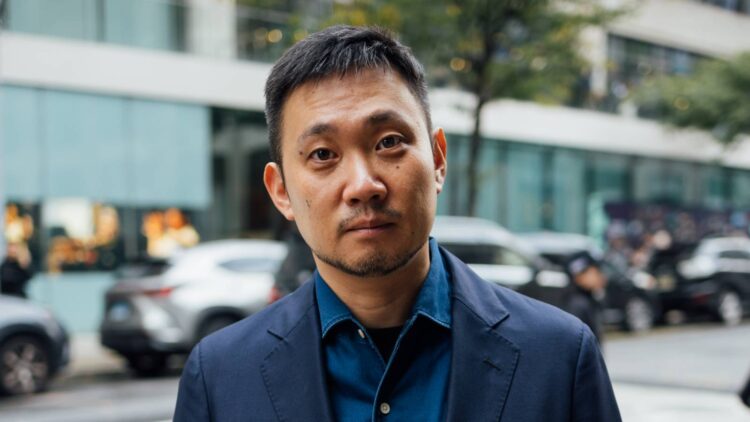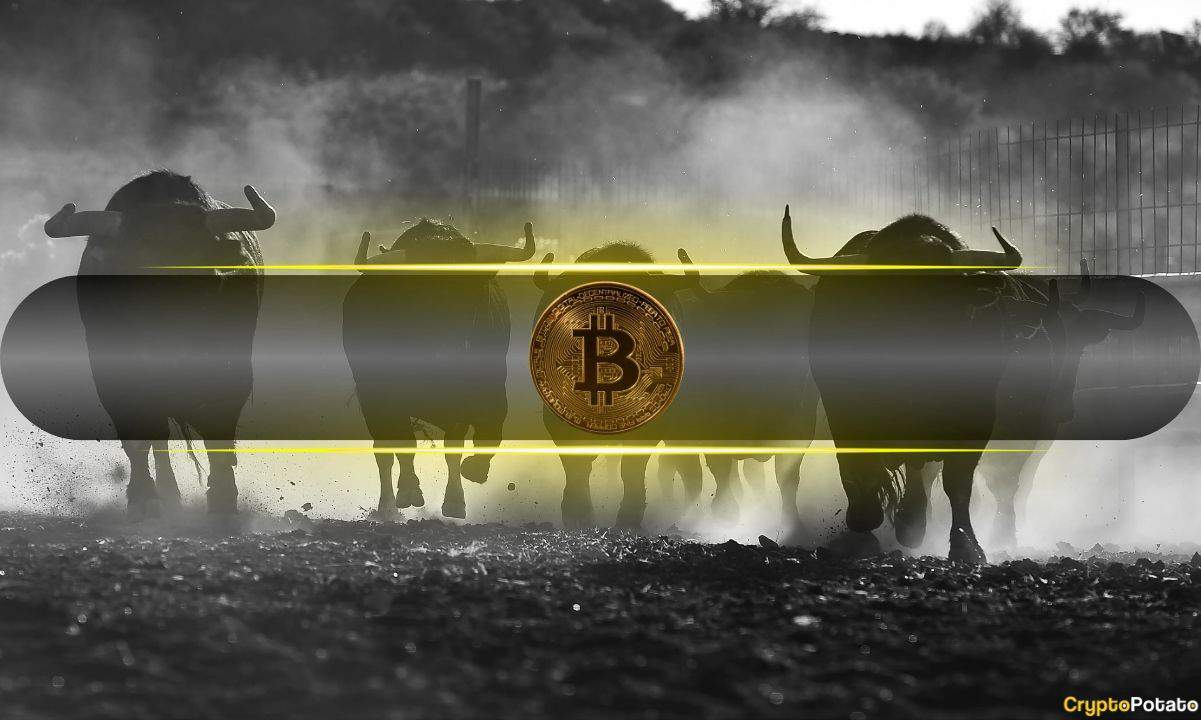On a bright summer day in a tent on top of the sultry clay courts that give the Tennis Club Venezia its name, writer-director Ryûsuke Hamaguchi––known for his searing stories of love and longing and a taut, cryptic cinematic style all his own––saunters in tired but ready to talk, bags heavy under his eyes, tennis balls whopping back and forth in the distance. It’s 2023 and we’re on the Lido at the 80th Venice Film Festival. Hamaguchi’s latest feature Evil Does Not Exist has just debuted in competition to uncharacteristically rapturous applause.
The prolific, self-made Japanese auteur burst onto the scene at Locarno in 2015 with the success of the five-plus-hour Happy Hour. But despite the newfound popularity, Hamaguchi was a veteran. He’d already written and directed ten features and eight shorts, often teaming up with universities and research organizations that funded his crisp, sharp, sensitive humanist visions of theatrical cinema instead of looking for funds from film financiers with an agenda.
Five features later, he has cemented himself in film history, established a fresh style, and collected major awards from Cannes, Locarno, Berlin, Venice, the BAFTAs, the Oscars, and so on. And if Evil Does Not Exist is any indication, his voice is only evolving, trending in a more singular and clarified direction. For example, Evil is the first feature he’s ever edited.
A tender, icy ecological fable that culminates in stitches of profound ambiguity, Evil is the kind of film Hamaguchi knows critics and cinephiles will discuss into the ground. Much like the mystifying Asako I & II, the memory-melding Wheel of Fortune and Fantasy, or the enigmatic epic that was Drive My Car. The plot is simple: a small village outside of Tokyo tries to keep a corporation from building a glamping site nearby that will desecrate their community. But the implications and themes at work are nuanced, weaving a dense web of a narrative grounded in Hamaguchi’s richly drawn characters.
We sat down with him back in September to talk about it, now published ahead of the film’s U.S. release this Friday.
The Film Stage: I’d read that this began as a performance piece you were putting together with your composer, Eiko Ishibashi. How did it go from performance piece to feature film?
Ryusuke Hamaguchi: To be precise, it’s actually that the two films were sort of made out of this intention of making visuals for Eiko Ishibashi’s live performance. The original goal was to make the visuals for when Ishibashi is performing, and that ended up being the film Gift, which is premiering at Gent Film Festival. Regarding Evil Does Not Exist, this was actually made so that we could make materials to be used for the visuals in the performance. So it wasn’t necessarily intended to be released as its own film. However, once we shot it, the actors’ performances were so wonderful and I wanted people to be able to hear their voices. The thing about Gift is that it’s a silent piece, so it’s not possible to hear the voices. And because I wanted people to hear them, we turned this into its own separate film.
So had you already written Gift and then you added a more dialogic story onto it?
Actually, I didn’t know what Gift was going to be like originally. So I wrote the script and shot the film really with the intention of creating materials to be used in the visuals. Originally I was even thinking that it might become more of a sort of long visual poem to an extent. But we knew it was going to be 74 minutes long, so what we have is a silent film that’s that long that uses inter-titles to tell a very similar story to Evil Does Not Exist.
In the town-hall meeting someone mentions that the town only came about after the war, making the townspeople all relatively new to the place they call home––outsiders, in a sense. Does a place ever belong to its people or are we always outsiders to nature?
I didn’t have such vast thoughts when I was making this film. But I think ultimately it depends on how humans exist within nature. Because I think if people want to use things from the land and they’re only taking an amount that the land can still recover, I think they’re able to work very well with the land. But when humans try to exploit it beyond recovery, that’s when things start to be destructive.
Do you feel like humans, in essence, are an enemy to nature? And what do you think about the philosophy that human beings are a part of nature, that we’re one with it, all from the same dust?
In some ways, human beings basically are part of nature in the sense that they’re part of the natural cycle. There’s a death that comes along. However, I think there is also a facet to human beings that is against nature in a sense. Because human beings have this ability to make choices. They can choose among different options. They can try to choose what is better. That can result in bad choices, and bad things could progress due to those choices. But I think human activity in itself––or the humanness of wanting to try to be better––ultimately becomes somewhat against nature in a way.
Over long, non-narrative sections, the music bleeds back and forth between this loose, fast jazz and slow, heavy strings. And the space in-between those two is kind of beautifully lost. It dissolves somehow. How did that choice come about, to submerge the spectator in nature imagery for long periods of time to morphing music?
Fundamentally speaking, I’m very grateful that you think the music and imagery merge with each other and work as one. But that’s actually not what I was necessarily thinking while I was working. What I wanted to avoid was this really dependent relationship between music and image. I didn’t want them to be so close together; I wanted them to have their own independence from each other. And that’s somewhat what I asked for from Eiko. In fact, the music that Eiko ultimately made, I think, has its own emotional ability, its own way it can move an audience’s emotion. So I figured that using music like this and having images that go completely along with it would make them dependent on each other. But I wanted to keep some kind of independence between the two.
You mention these jazzy songs into the strings. The same motif is actually being played by guitar and drums, but then also with strings. And they’re two pieces that, generally speaking, shouldn’t be met together. However, by forcefully mixing these two together, I wanted to create some kind of repelling effect, then use that in order to be able to keep the independence between image and music, and by doing so be able to have clarity between the two. That allows the audience to still absorb all of this while understanding the shape of these things.
When you wrote these moments in the screenplay, did you write, for example, the long stretches of trees to be minutes long? Are you writing those sections in aim of a specific emotion? Duration? Or are emotion and duration elements you discover later in production and post-production?
I think ultimately both the production and the edit in post-production are dependent on each other in a way. Because you can’t just figure everything out in production, nor can you just create emotions specifically out of the edit. So, in the script I had written this particular shot, but because it’s a rather simple shot it’s only two or three lines long in the script. I didn’t really have how long that shot was going to be. When we actually shot the footage, we had about 7-8 minutes of shooting. That length actually felt quite good and you could continue to watch after that long. However, I felt that length would not be able to connect with all audiences. So I ended up choosing, in the edit, certain parts of the shot that I felt that the nuances caused by the trees were working very well. I was obviously thinking about the emotions I wanted to create through the shooting. However, I think it’s also important to be able to calibrate in the edit––both processes are very important.
The way you layer in comedy throughout is great, and quite unexpected in the way it contrasts with the grave, meditative, still nature of everything else. How did you choose to bring comedy into it?
You know, I think comedy and a sense of gravity––those things are not the main objective, but rather byproducts of the main aim. Because ultimately what I try to do is imagine a certain character. And then “How do I build this character?” is really about thinking about their past, their histories, and the reasons behind how they move and operate. I don’t just use these characters as pawns to tell a story. Rather, these characters have histories of their own. So they may or may not do what needs to happen for the story and could sometimes even go against the plot of the story.
But what I try to do is follow and stick with my characters. And sometimes that means the characters don’t necessarily move in the way that it needs to compel the story. But I try to write dialogue and figure them out and stick with my characters until they start to move the story along. And by doing so, sometimes you end up with a relationship between characters that doesn’t exactly match up and they pass each other. And through that, comedy can tend to arise. And so, for me, comedy is not the main aim but a byproduct.
Without getting into any plot details, can you speak to why you chose to execute the atonal, amoral end the way you did, with so much abstract symbolism?
For me, it’s actually quite a natural ending to the film. That’s perhaps because the way I understand Takumi’s character might, in fact, be a little bit different from how the audience is interpreting what kind of character Takumi is. I think Takumi certainly has a side to him, a facet to him, that can very much live within human society and communicate quite well. However, I think inside me I kind of understand him as somebody who actually can’t communicate well with other beings and who perhaps can communicate a little bit better with nature or animals. And so once you move along with that rule, what you speak of as atonal, I think that rule starts to appear once we follow him and see how he moves through the world. So the first time you watch it, you might be surprised by the ending. However, perhaps upon second viewing––some people have said this––peculiarly the ending is quite acceptable once you watch again. And I’d be very grateful if people do.
Would you say the ending isn’t ambiguous, then?
I think I have to understand and agree and say that the ending is, to an extent, quite ambiguous. But I don’t think it’s as symbolic or as unrealistic as many people tend to say it is. I think what I’m working with is within a sense of what’s realistic, what’s realistic for these three characters: Takahashi, Takumi, and Hana. I think it’s within the reality of what could actually happen amongst these characters. Regarding the sound and image of what happens: I think what happens is quite clear from the image and sound. However, we are left with the question of why that happens. And it’s true that the film doesn’t give a clear answer why. However, I do feel that I am peppering in clues here and there.
Evil Does Not Exist opens on Friday, May 3.
The post Ryûsuke Hamaguchi on Evil Does Not Exist, Being in Harmony with Nature, and Why the Ending is Realistic first appeared on The Film Stage.





